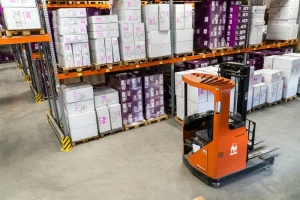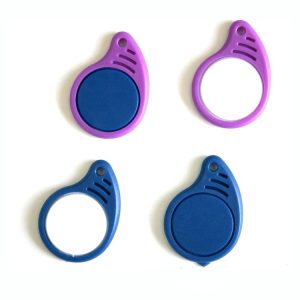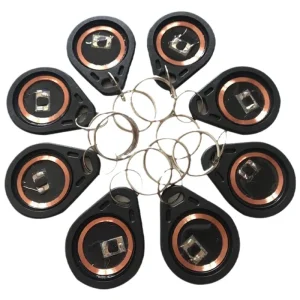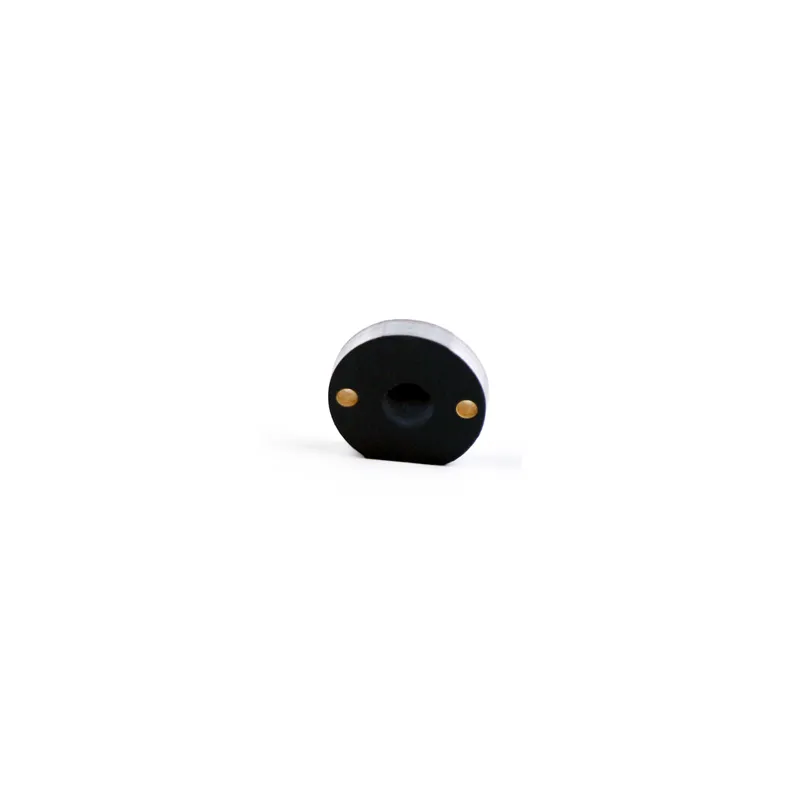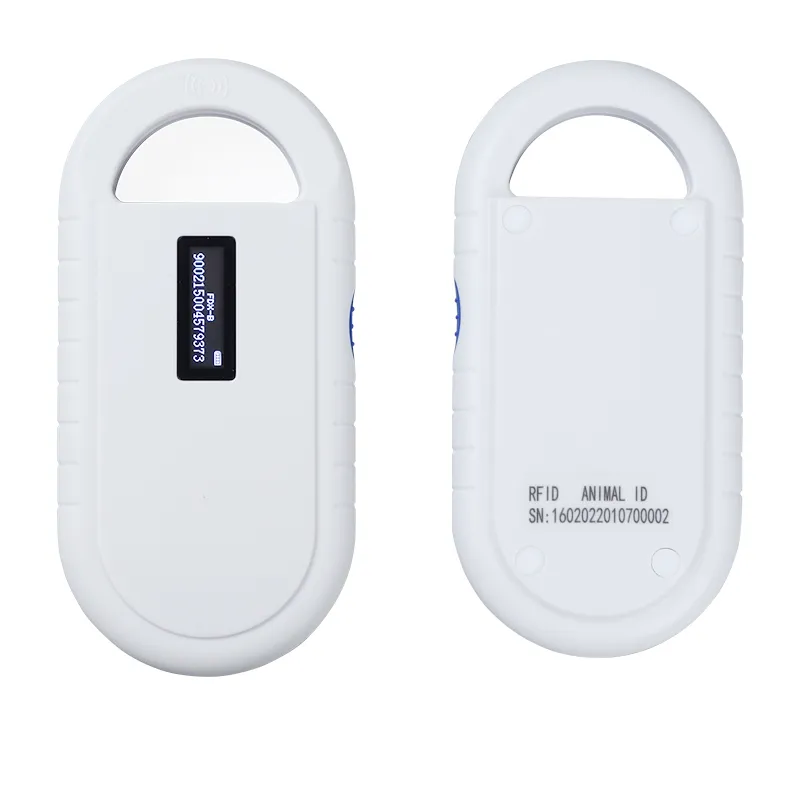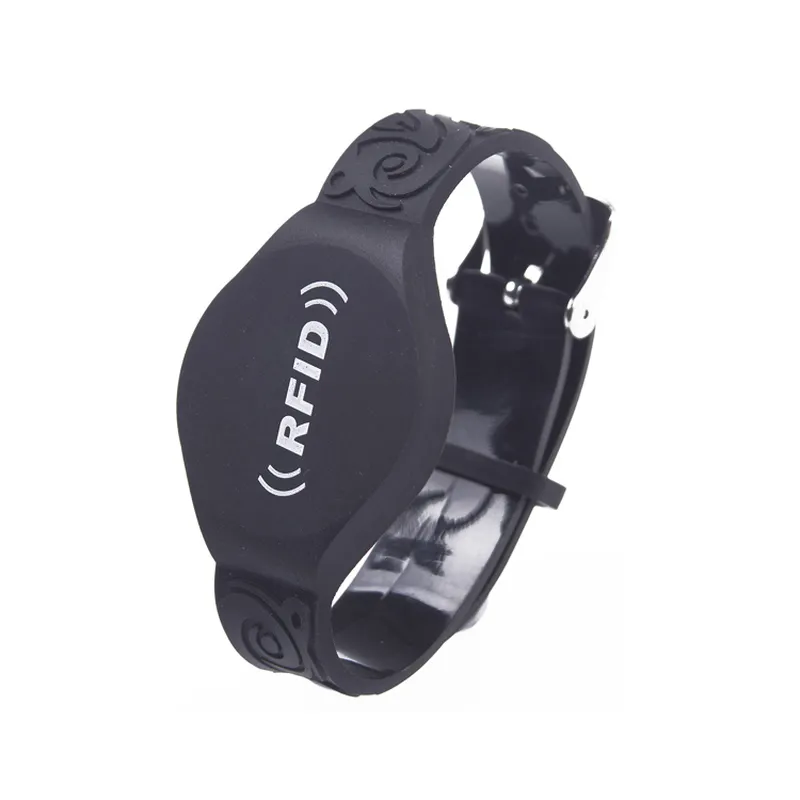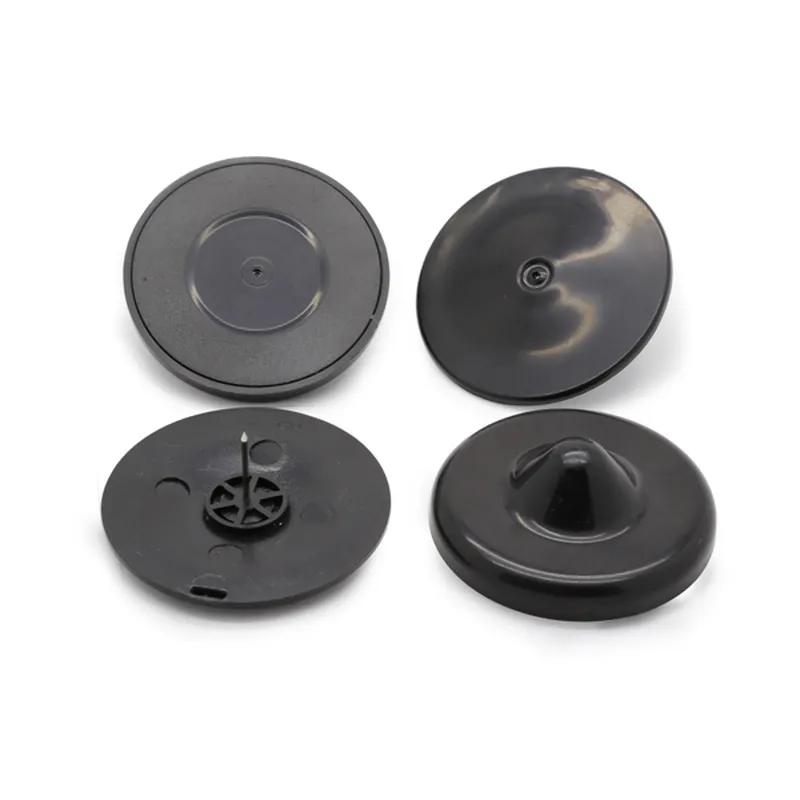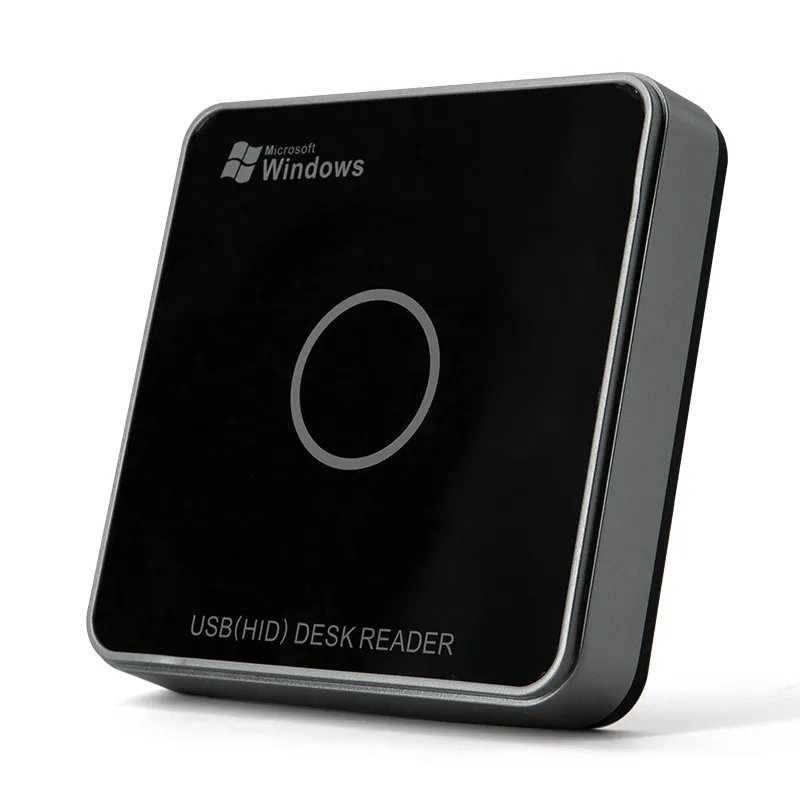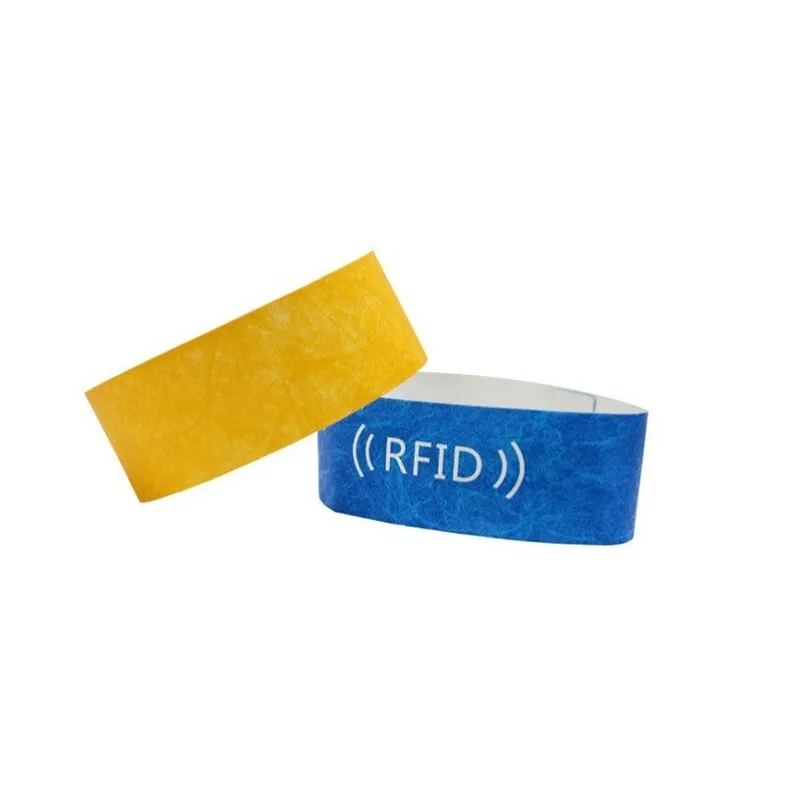Industrial RFID Tag
ẸSORI
Awọn ọja ifihan
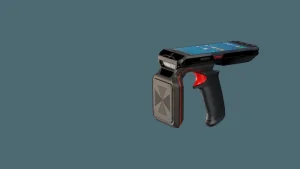
RS501 RFID Scanner
IoT handheld Terminal 5.5-inch HD Screen · UHF RFID Reader ·Octa Core Processor
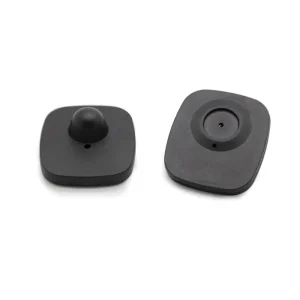
Anti Theft EAS Hard Tag
The Anti Theft EAS Hard Tag is a device used…
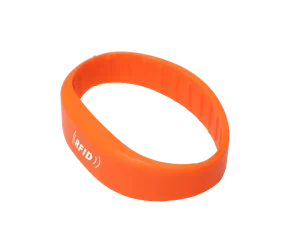
Custom RFID Bracelet
Fujian RFID Solutions Company offers Custom RFID Bracelet with a…
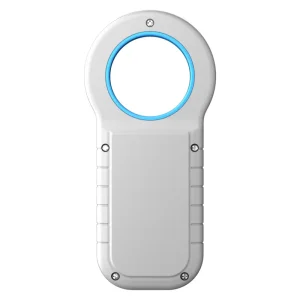
RFID Animal Scanner
This RFID Animal Scanner is a popular product for animal…
Awọn iroyin to ṣẹṣẹ
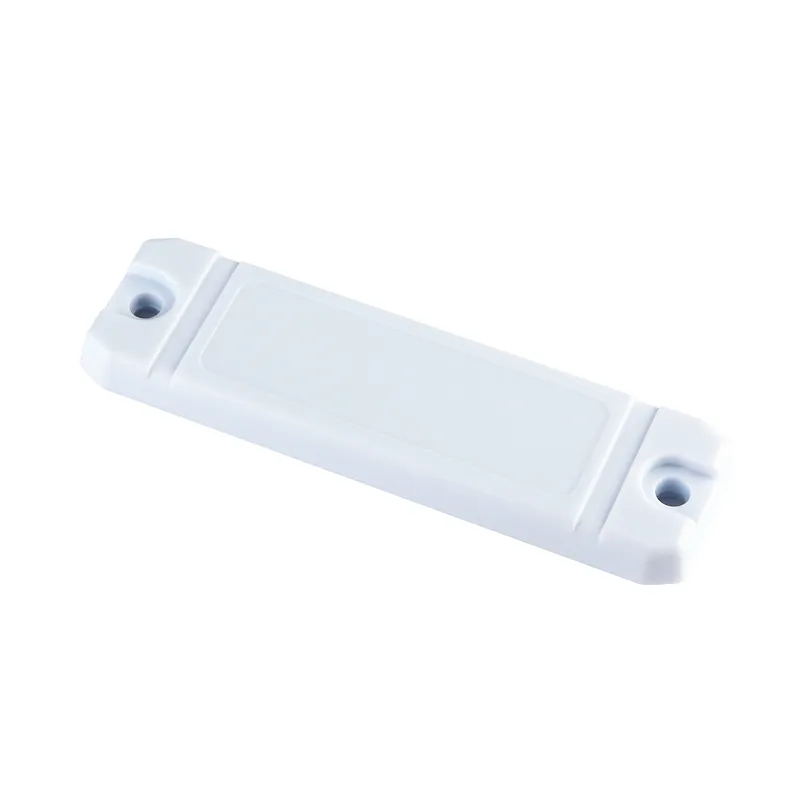
Apejuwe kukuru:
Industrial RFID tags use radiofrequency signals to identify items and gather data without human intervention. They are waterproof, anti-magnetic, and resistant to high temperatures. They are used in inventory, gbóògì, eekaderi, tool and equipment management, ailewu, medical, pharmaceutical, environmental monitoring, and smart retail. RFID protocols support EPC Class1 Gen2 and ISO18000-6C protocols, with read times up to 100,000 times and data retention up to 50 years.
Pin wa:
Alaye ọja
Radiofrequency signals are used by industrial RFID tags, a contactless automated identification technology, to identify target items and gather pertinent data. There is no need for human involvement in the identifying process. The benefits of RFID technology, which is a wireless variation of barcodes, include being waterproof, anti-magnetic, resistant to high temperatures, having a long service life, having a big reading range, having data encryption on the tag, having a greater storage data capacity, and being simple to update stored information.
Industrial RFID tags are mostly used in the following areas:
- Inventory and asset management: real-time tracking and location of items in the warehouse to ensure inventory accuracy and traceability.
- Production process management: automatic identification and tracking of raw materials, semi-finished products, and finished products on the production line to optimize the production process.
- Logistics and supply chain management: tracking the location and status of goods from the starting point to the endpoint to improve logistics efficiency and supply chain visualization.
- Tool and equipment management: tracking and managing tools and equipment in the factory to ensure they are used and maintained correctly.
- Safety management: real-time monitoring and tracking of personnel, awọn ọkọ ayọkẹlẹ, and assets to improve the safety of factories or warehouses.
- Medical and pharmaceutical industries: tracking and managing drugs and medical devices in the medical and pharmaceutical fields to ensure medical quality and safety.
- Environmental monitoring and energy management: automatic collection and transmission of environmental data such as temperature and humidity, and optimization of energy utilization.
- Smart retail and shelves: automatic identification and settlement of goods in the retail field, as well as optimization of product display and replenishment on smart shelves.

Functional Specifications:
RFID Protocol and Frequency:
Support EPC Class1 Gen2 and ISO18000-6C protocols.
Igbohunsafẹfẹ: US (902-928MHZ), EU (865-868MHZ).
IC Type and Memory:
IC Type: NXP UCODE 8.
Memory: EPC 128 bits, USER 0 bits, TID 96 bits.
Write Times and Data Retention:
Write Times: Minimum 100,000 times.
Data Retention: Up to 50 years.
Applicable Surface and Reading Range:
Applicable Surface: Metal surface.
Reading Range (Fixed Reader): US (902-928MHZ) up to 20.0 meters, EU (865-868MHZ) up to 20.0 meters.
Read range (handheld reader): Up to 7.0 meters in the United States (902-928MHZ), and up to 7.5 meters in the European Union (865-868MHZ).
![RFId Tag olupese [Osunwon | OEM | ODM]](https://www.fjrfidfactory.com/wp-content/uploads/2024/04/logo.webp)
